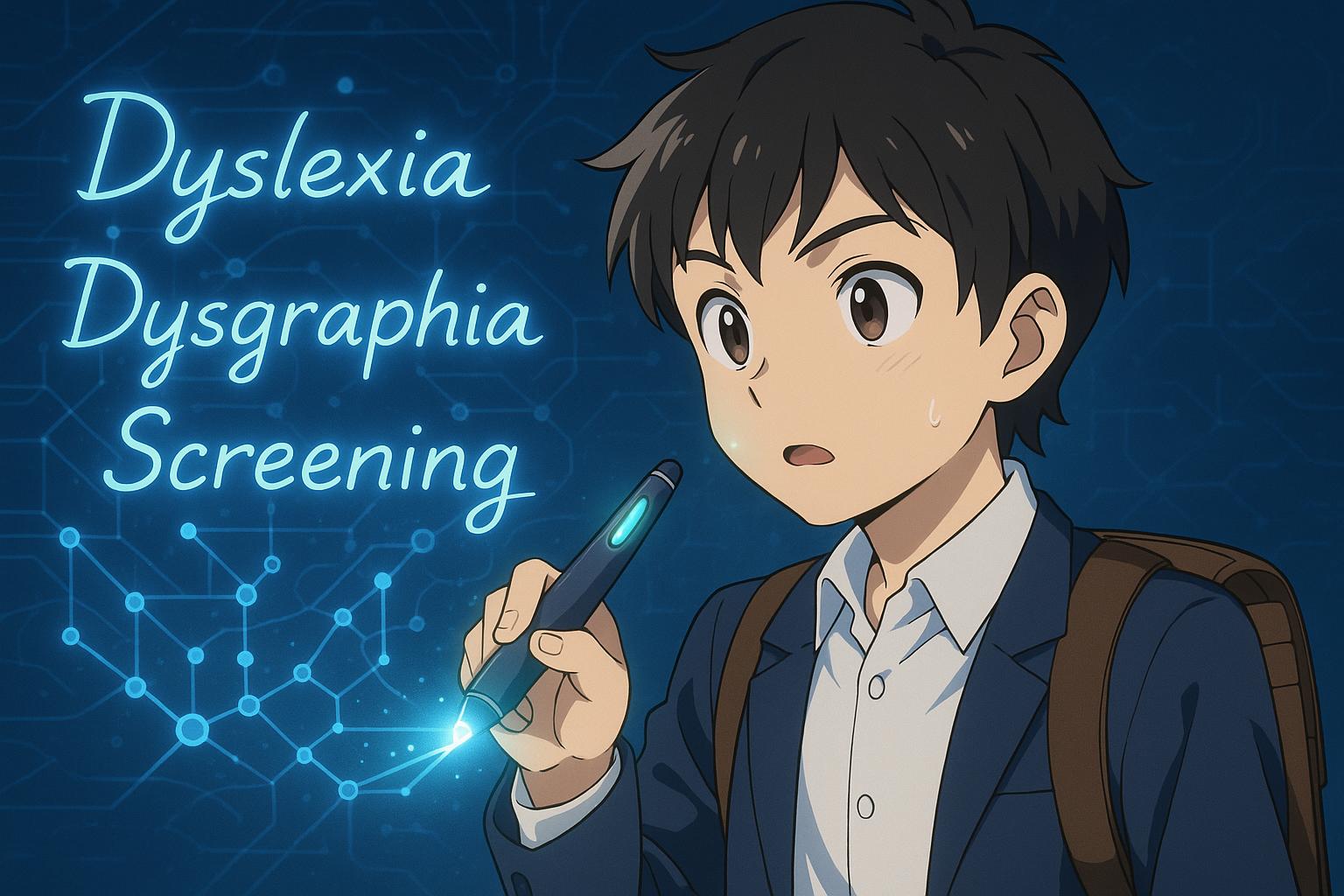A transformative approach to screening for dyslexia and dysgraphia in young students has emerged from a recent study led by researchers at the University at Buffalo. This innovative tool harnesses artificial intelligence to analyse handwriting samples from children in grades K-5, detecting a range of indicators, including behavioral cues, spelling errors, motor difficulties, and cognitive issues, with impressive accuracy. The need for such advancements has never been more pressing, as current traditional screening methods are both time-consuming and often focused on only one condition at a time.
The study, published in SN Computer Science, explores the potential of AI not just to facilitate faster screening processes but also to address the significant shortage of speech-language pathologists and occupational therapists. According to Venu Govindaraju, the study's lead author and a SUNY Distinguished Professor, “Catching these neurodevelopmental disorders early is critically important.” He highlights that timely identification can significantly mitigate the adverse effects these conditions can have on a child’s educational and emotional growth, particularly in underserved areas where resources are scarce.
The tool’s unique framework builds on decades of previous research in handwriting analysis, which has historically favoured conditions like dysgraphia due to its observable physical components in writing. In contrast, dyslexia has posed a greater challenge for detection because it primarily affects reading and speech. By incorporating machine learning and natural language processing, the new system identifies not only visible aspects of handwriting—such as letter formation and spacing—but also deeper cognitive issues indicated by grammar and vocabulary use.
In order to develop this advanced AI model, the research team collected handwriting samples from various school settings, specifically targeting kindergarten through fifth grade. This rigorous approach involved collaboration with educators and therapists to ensure that the AI systems were both practical and effective in real educational environments. Sahana Rangasrinivasan, a co-author and PhD student, emphasises the importance of aligning these tools with the needs of end users: “It is critically important to examine these issues from the standpoint of those who will apply the tools most.”
Importantly, the initiative also aims to address the shortage of accessible and effective screening tools. Current methods often require substantial time and financial investment, limiting their applicability. The new AI tool offers a promising alternative, potentially streamlining processes for educators and clinicians alike. Notably, it utilises a multi-modal approach that distinguishes between visual, motor, and cognitive elements—allowing for a comprehensive assessment of a child's handwriting abilities.
Cumulative research shows that early intervention is crucial; studies indicate that children identified as ‘at-risk’ for learning disabilities are more likely to benefit from timely educational strategies. For instance, a recent advancement in AI for handwriting analysis achieved high precision levels, confirming the reliability of technology in identifying dyslexia. Similarly, research using deep learning techniques with sensor-equipped devices showed remarkable accuracy in detecting dysgraphia, underscoring AI's expanding role in educational diagnostics.
The initiative represents not only a significant step forward in research but also a societal call to address learning disabilities with urgency and empathy. As Sumi Suresh, another co-author of the study, notes, “This work highlights how AI can be leveraged for the public good, providing vital resources to those in need.” The potential of AI to revolutionise dyslexia and dysgraphia detection paves the way for a future where children can receive the assistance they need to thrive academically and emotionally, irrespective of their circumstances.
As the team continues refining this innovative tool, the focus remains on ensuring that it not only meets the technical requirements for identifying learning disabilities but also adheres to ethical considerations surrounding data privacy and application in sensitive educational contexts.
Reference Map
- Paragraphs 1, 2, 3, 4, 5, 6, 7: [1]
- Paragraphs 4, 5, 6: [2]
- Paragraph 6: [3]
- Paragraph 6: [4]
- Paragraph 6: [5]
- Paragraph 6: [6]
- Paragraphs 1, 4, 7: [7]
Source: Noah Wire Services
